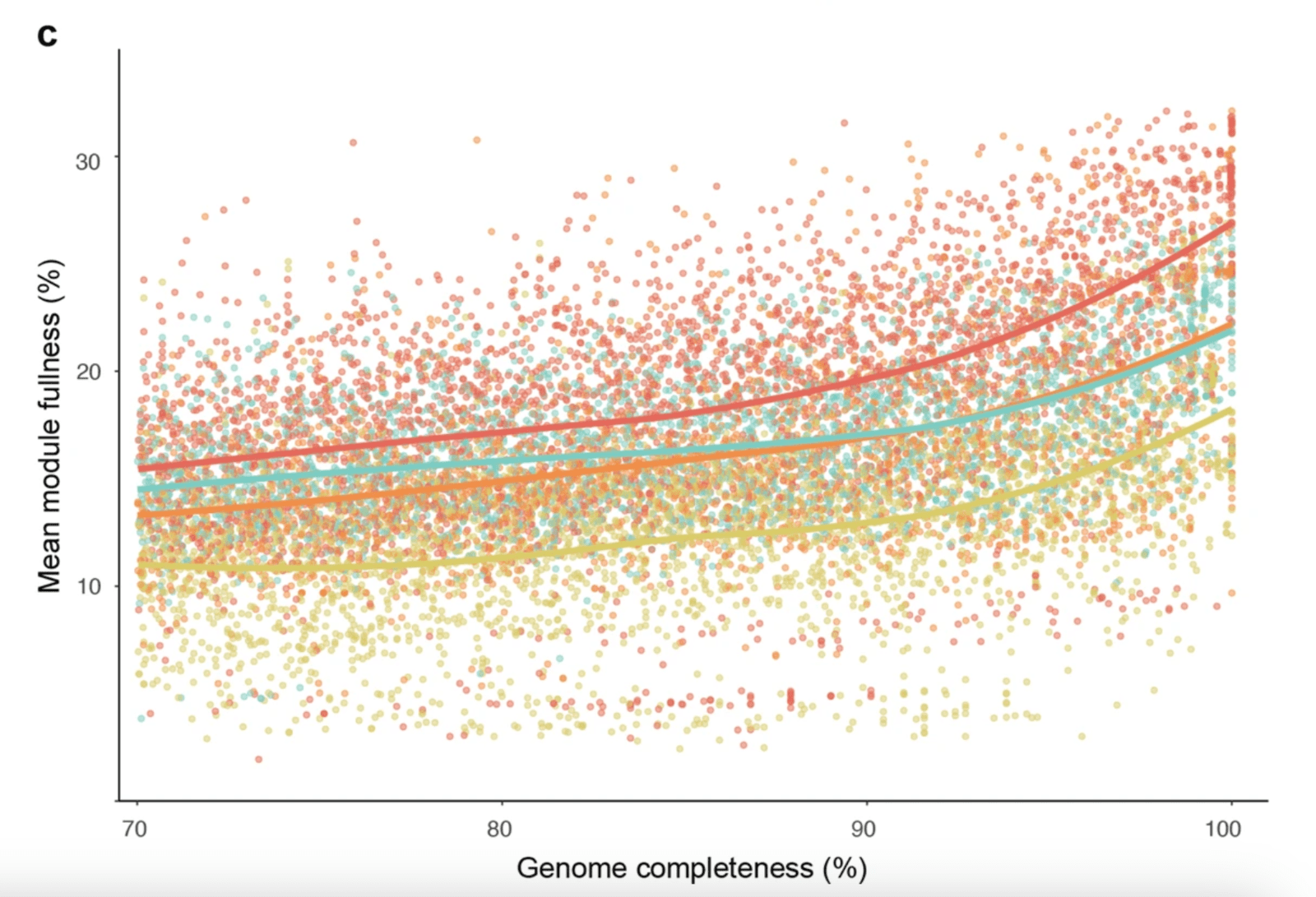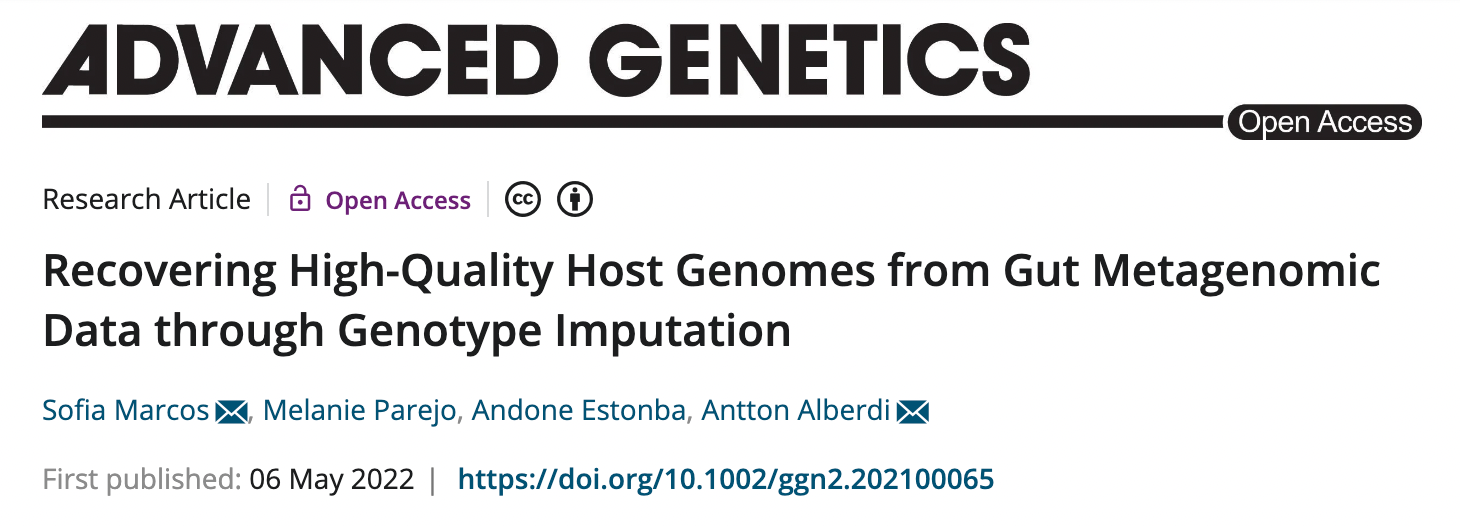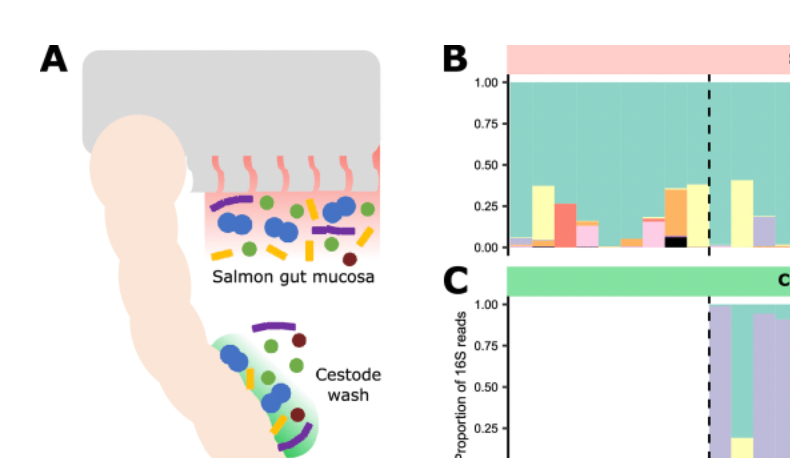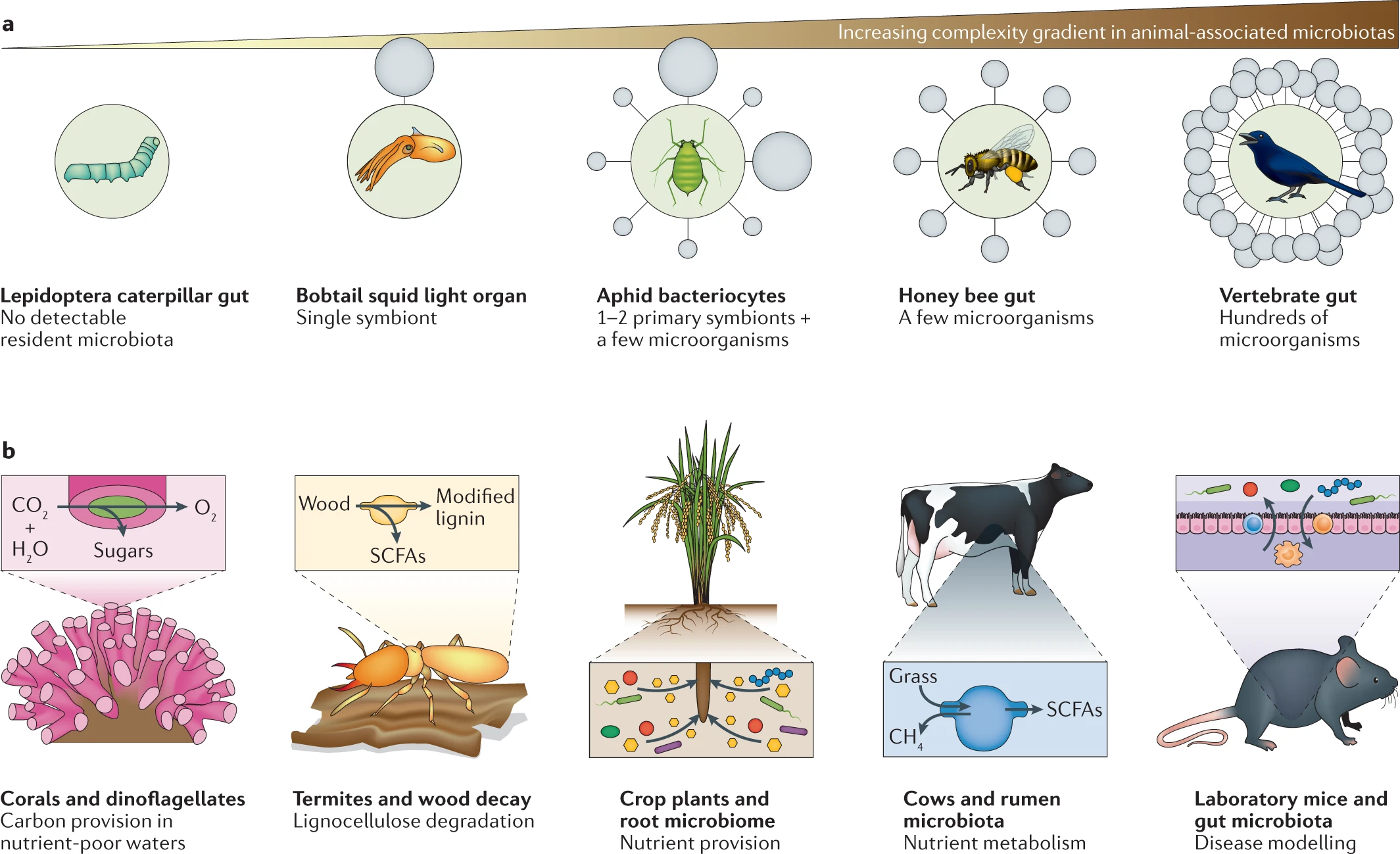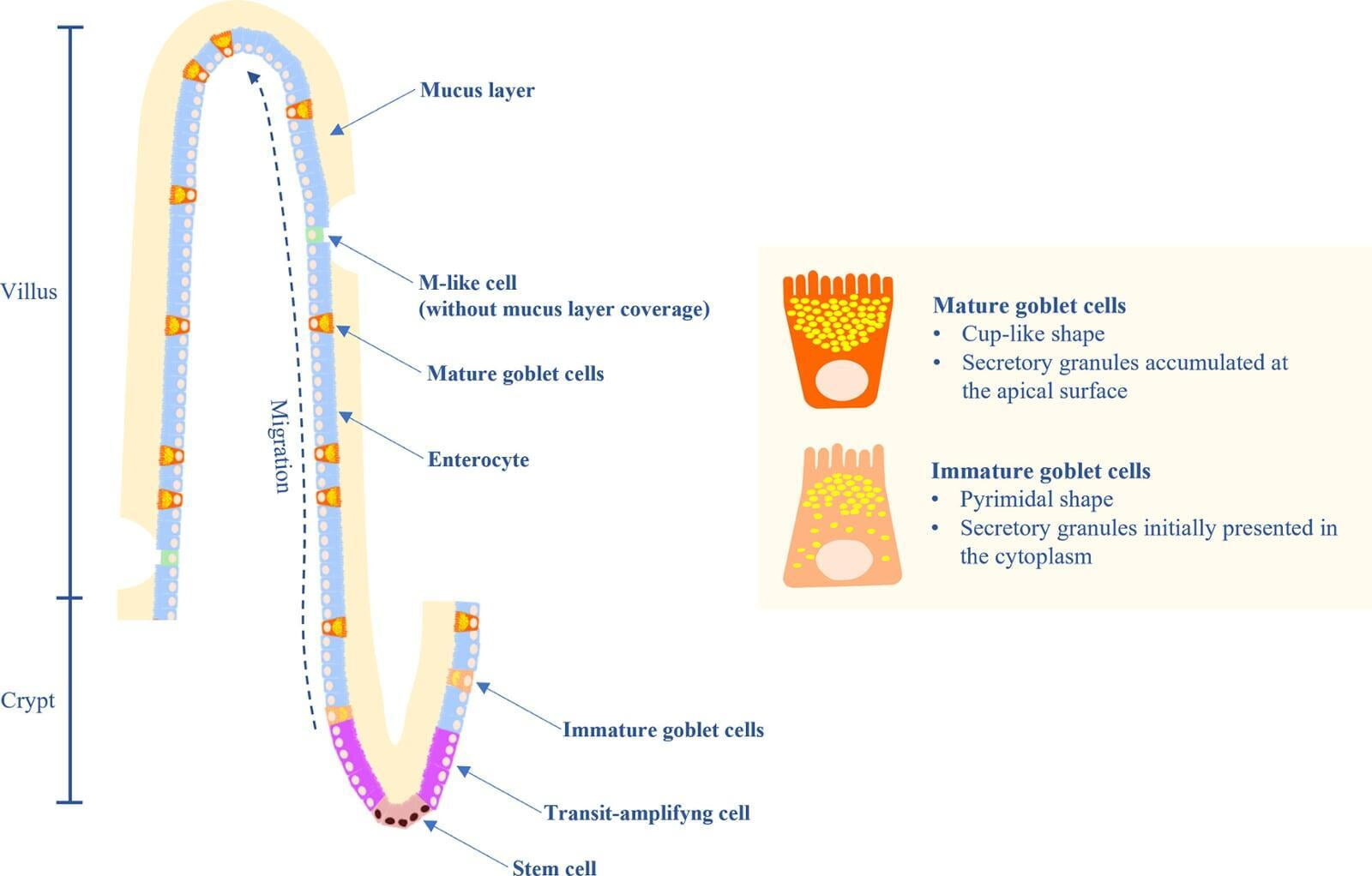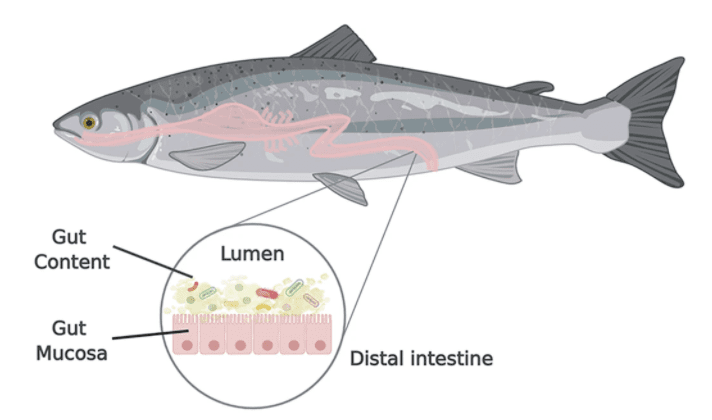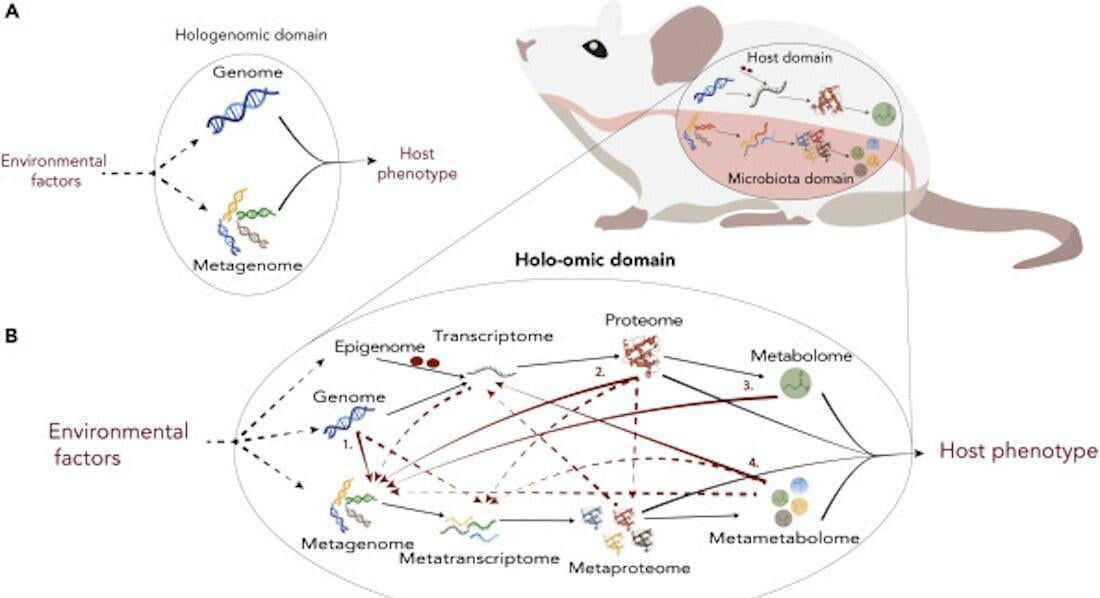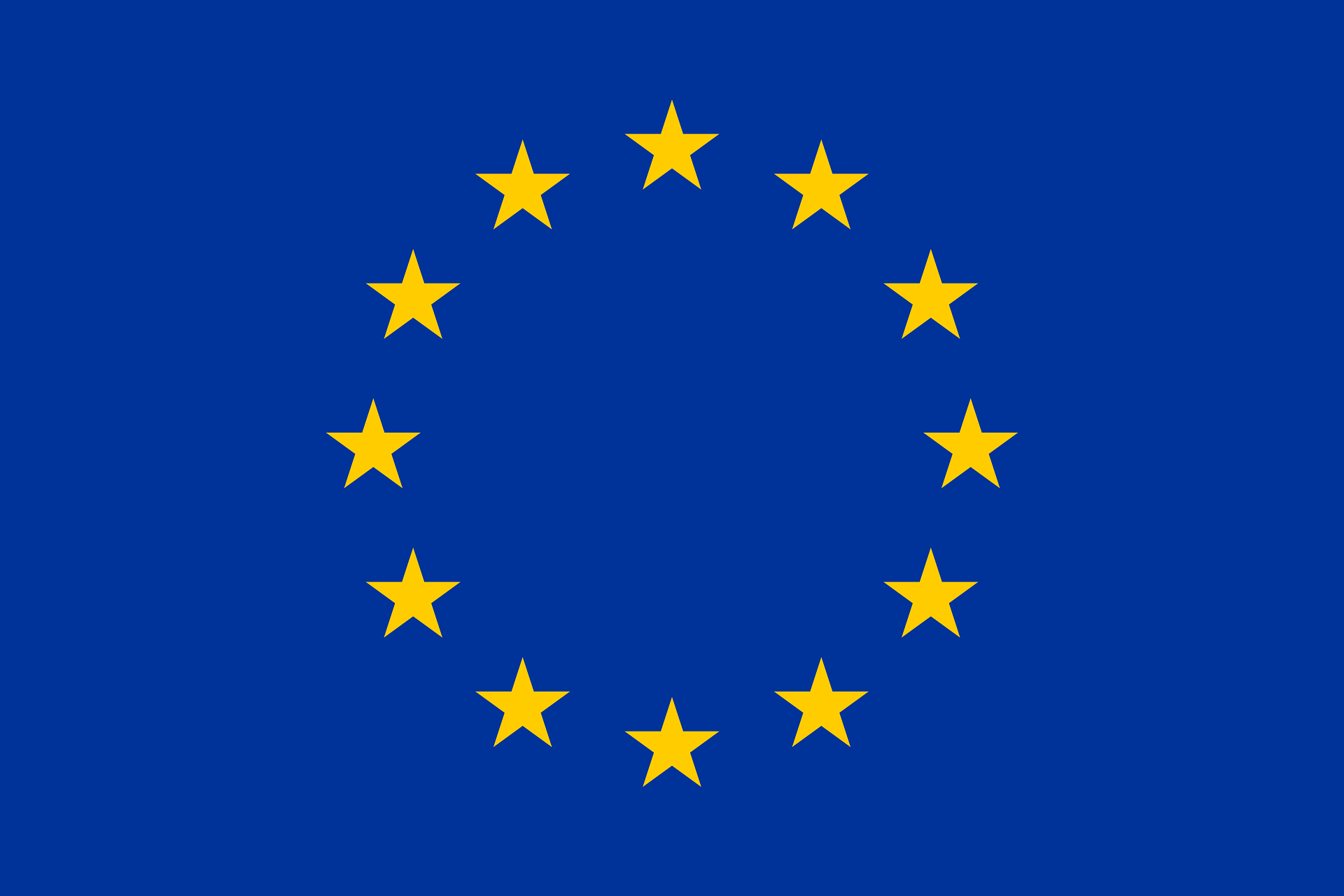Research Article: Impact of feed additives and host-related factors on bacterial metabolites, mucosal integrity and immune response in the ileum of broilers
HoloFood partners from the Freie University of Berlin (PhD student Yada Duangnumsawang, Prof. Jürgen Zentek, Dr. Wilfried Vahjen and Dr. Farshad Goodarzi Boroojeni) together with Joan Tarradas (IRTA) published a peer reviewed article aimed to investigate the effect of age, breed, and sex of chicken broilers, as well as a probiotic or phytobiotic product on mucosal morphology, bacterial metabolites, and immune traits in the ileum of broilers.
You can read the full article in Veterinary Research Communications here: https://doi.org/10.1007/s11259-023-10135-9
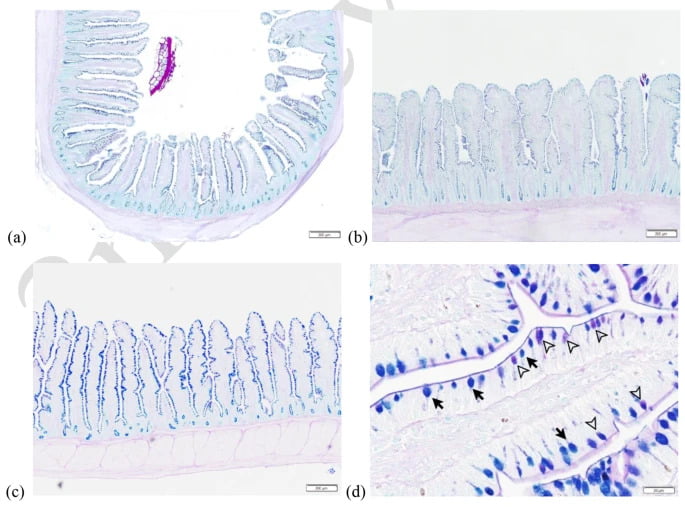
Figure from Duangnumsawang et al. (2023) Veterinary Research Communications
